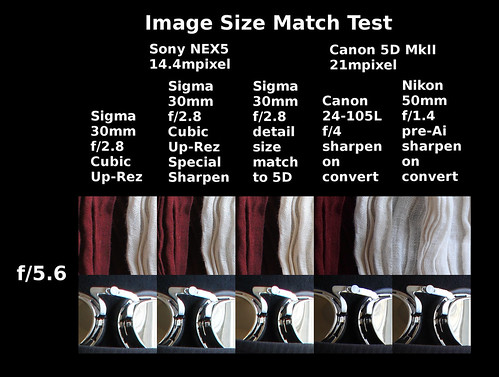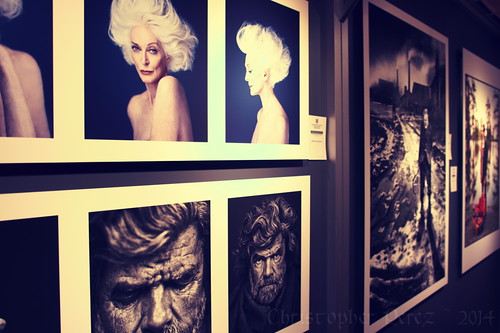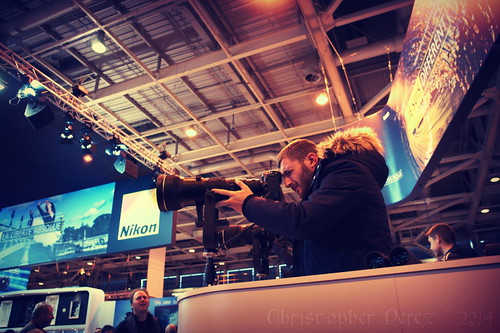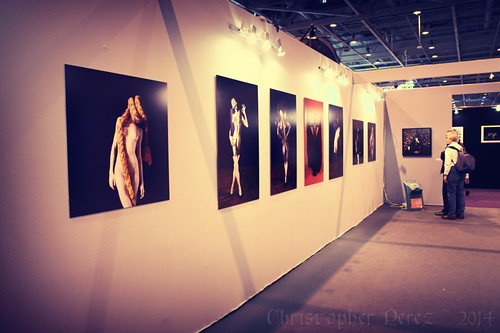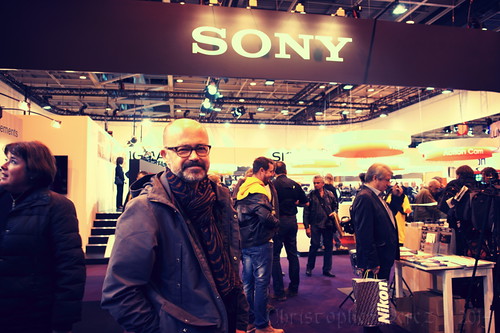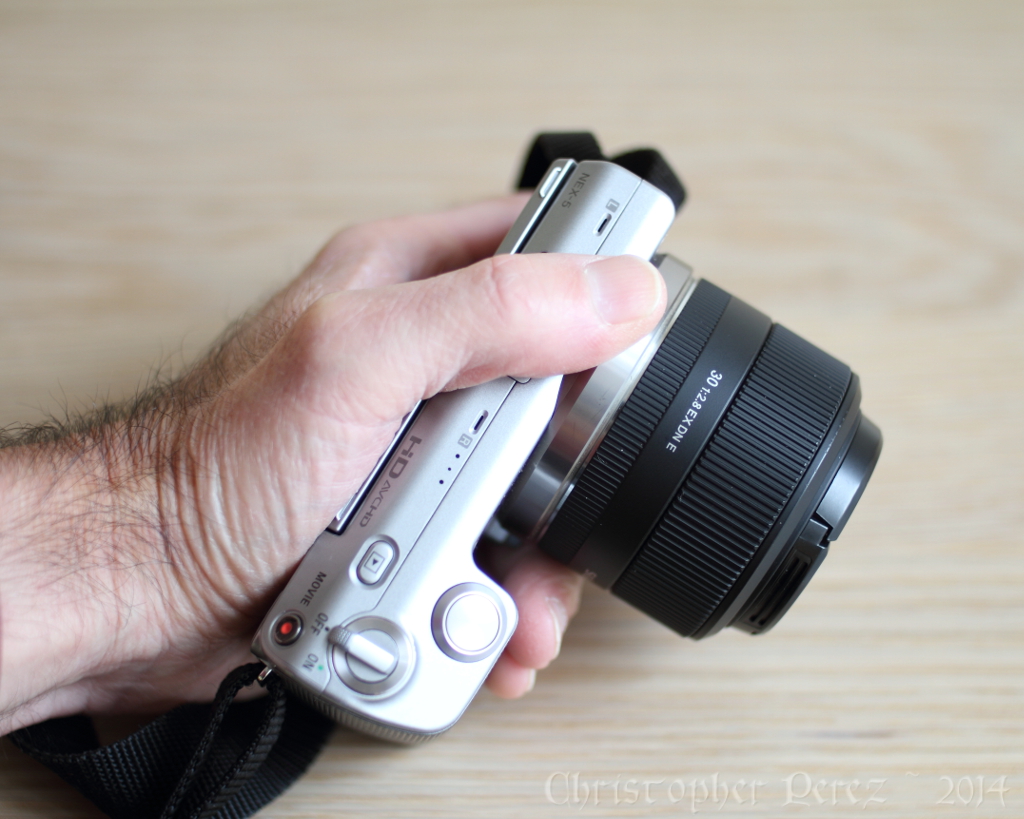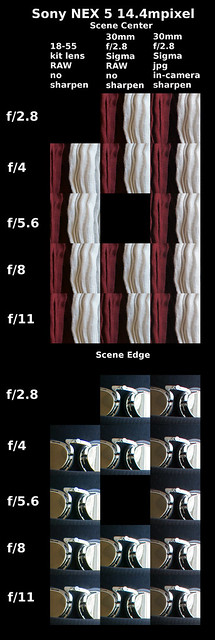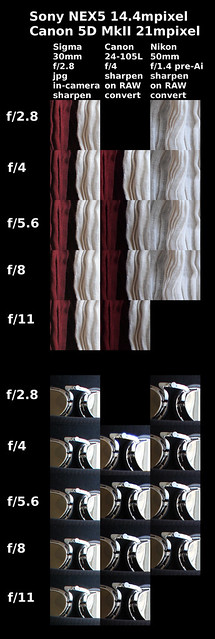My wife and I have worked with many people over the years. She assists during a shoot and helps catch things I don't see.
One of the things she's noticed is how tired I am after three hours of shooting. My arms, neck, back, and legs would ache for a couple days afterward. It's been this way ever since we moved to France. I've felt the big Old Beast (Canon 5D MkII/24-105L kit) weight was the source of my recent challenges.
I was interested to see if I could downsize my kit while improving the image quality at the same time.
Enter the new Sony A6000

Last weekend Judith and I were visited by l'equipe de French Steampunk. Anne Delauney-Ladevèze, Alexandre Ls, Matthieu Van Weise came to our atelier to spend two and a half hours in front of the camera. I love working with creative people like this. Time flies and magic happens. This is what I came to Paris to do. Well, this and enjoy retirement, right? :-)
Considering the camera-work, I've used the Canon zoom so much that I wasn't sure I could go back to a fixed focal length objective as my prime studio lens. Would I miss the "flexibility" of the zoom? Would I feel hindered by a fixed focal length?
I should've known and quickly realized that the A6000 Sony mated with a Sigma 30mm f/2.8 EX DN E is all this person really needs in the studio. "Sneaker Zoom" (ie: physically moving to/away from the subject) is not nearly as bad as I feared. I actually like it. The zoom on the Old Beast gave my prior images an inconsistent "look". The effect is very subtle, but I can begin to see this as I work with the new setup.
In the darkened room the AF would "hunt" a little. But, and this is the important part to me, it hunted no more than my Old Beast did under similar conditions. In fact, there were many times when the Old Beast would completely fail to lock AF. With the Sony/Sigma kit it's only a short matter of time before the AF settles.
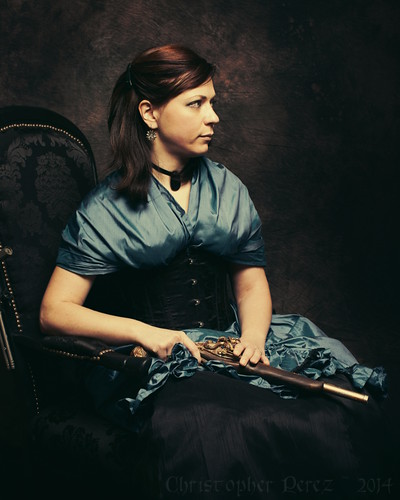
It's in fact better than this. With the Sony's "face detect" capabilities I'm able to let the camera do what it was designed to do and come away with razor sharp eye-lashes 99 percent of the time.Selecting a focus point near the region where I wanted it to be seemed to enhance "face detects" ability to lock AF. This is a Good Very Thing(tm).
My last concern was with the electronic view finder (EVF). On a Fuji I tried, when I panned the EVF had trouble keeping up with the motion and it scrambled my brain. But... with the Sony I find lag time to not be a problem and my mind remained un-scrambled for the duration of the shoot.
I've already noted that at the pixel-peeping level that the Sony A6000 24mpixel APS-C sensor out-performs the six year old full-frame sensor in the Old Beast. What I haven't mentioned is that the A6000's increased dynamic range gives cleaner, less noisy shadow rendition than the Old Beast's output. The increased dynamic range of the APS-C sized sensor gives me more information to work with (very slight, but noticable) and, therefore, more flexibility in image processing. I know. This is all counter-intuitive. Can the APS-C really out-perform a Full Frame sensor? In this case the answer is yes.
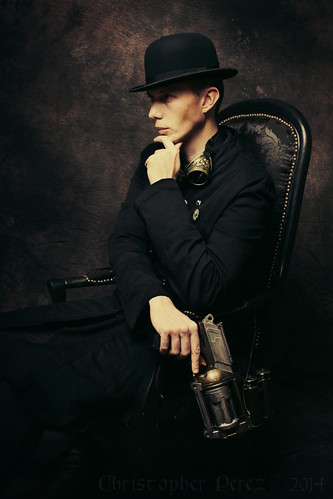
To sum up my experience with the new camera kit I find I LOVE the light weight and wonderfully small size. The new setup fits my hands nicely. And... I actually don't mind the EVF. It's actually quite nice. Further, the image quality is better than my old kit (see prior posts). As a bonus, my arms and back don't ache the next day. Life is good.
Using a fixed focal length lens has become my new approach. I like it for it's simplicity and "direct-ness." It feels like the Old Days when I wandered Los Angeles with a Leica M3 and (what I wished I still owned) a Summarit 50mm f/1.5. I "see" differently and feel more engaged.
To sum up my experience with creative people here in France, I have to say that I spoke far too soon about Paris being conservative. No, Paris is not as conservative as I first thought. I just didn't know where to look. I'm in Seventh Heaven, now that I'm discovering talented creative types who are willing to work with me through the kind help of a few good friends.
Merci, France. Je vous aime beaucoup. Let the creativity flow!
One of the things she's noticed is how tired I am after three hours of shooting. My arms, neck, back, and legs would ache for a couple days afterward. It's been this way ever since we moved to France. I've felt the big Old Beast (Canon 5D MkII/24-105L kit) weight was the source of my recent challenges.
I was interested to see if I could downsize my kit while improving the image quality at the same time.
Enter the new Sony A6000

Last weekend Judith and I were visited by l'equipe de French Steampunk. Anne Delauney-Ladevèze, Alexandre Ls, Matthieu Van Weise came to our atelier to spend two and a half hours in front of the camera. I love working with creative people like this. Time flies and magic happens. This is what I came to Paris to do. Well, this and enjoy retirement, right? :-)
Considering the camera-work, I've used the Canon zoom so much that I wasn't sure I could go back to a fixed focal length objective as my prime studio lens. Would I miss the "flexibility" of the zoom? Would I feel hindered by a fixed focal length?
I should've known and quickly realized that the A6000 Sony mated with a Sigma 30mm f/2.8 EX DN E is all this person really needs in the studio. "Sneaker Zoom" (ie: physically moving to/away from the subject) is not nearly as bad as I feared. I actually like it. The zoom on the Old Beast gave my prior images an inconsistent "look". The effect is very subtle, but I can begin to see this as I work with the new setup.
In the darkened room the AF would "hunt" a little. But, and this is the important part to me, it hunted no more than my Old Beast did under similar conditions. In fact, there were many times when the Old Beast would completely fail to lock AF. With the Sony/Sigma kit it's only a short matter of time before the AF settles.

It's in fact better than this. With the Sony's "face detect" capabilities I'm able to let the camera do what it was designed to do and come away with razor sharp eye-lashes 99 percent of the time.Selecting a focus point near the region where I wanted it to be seemed to enhance "face detects" ability to lock AF. This is a Good Very Thing(tm).
My last concern was with the electronic view finder (EVF). On a Fuji I tried, when I panned the EVF had trouble keeping up with the motion and it scrambled my brain. But... with the Sony I find lag time to not be a problem and my mind remained un-scrambled for the duration of the shoot.
I've already noted that at the pixel-peeping level that the Sony A6000 24mpixel APS-C sensor out-performs the six year old full-frame sensor in the Old Beast. What I haven't mentioned is that the A6000's increased dynamic range gives cleaner, less noisy shadow rendition than the Old Beast's output. The increased dynamic range of the APS-C sized sensor gives me more information to work with (very slight, but noticable) and, therefore, more flexibility in image processing. I know. This is all counter-intuitive. Can the APS-C really out-perform a Full Frame sensor? In this case the answer is yes.

To sum up my experience with the new camera kit I find I LOVE the light weight and wonderfully small size. The new setup fits my hands nicely. And... I actually don't mind the EVF. It's actually quite nice. Further, the image quality is better than my old kit (see prior posts). As a bonus, my arms and back don't ache the next day. Life is good.
Using a fixed focal length lens has become my new approach. I like it for it's simplicity and "direct-ness." It feels like the Old Days when I wandered Los Angeles with a Leica M3 and (what I wished I still owned) a Summarit 50mm f/1.5. I "see" differently and feel more engaged.
To sum up my experience with creative people here in France, I have to say that I spoke far too soon about Paris being conservative. No, Paris is not as conservative as I first thought. I just didn't know where to look. I'm in Seventh Heaven, now that I'm discovering talented creative types who are willing to work with me through the kind help of a few good friends.
Merci, France. Je vous aime beaucoup. Let the creativity flow!
